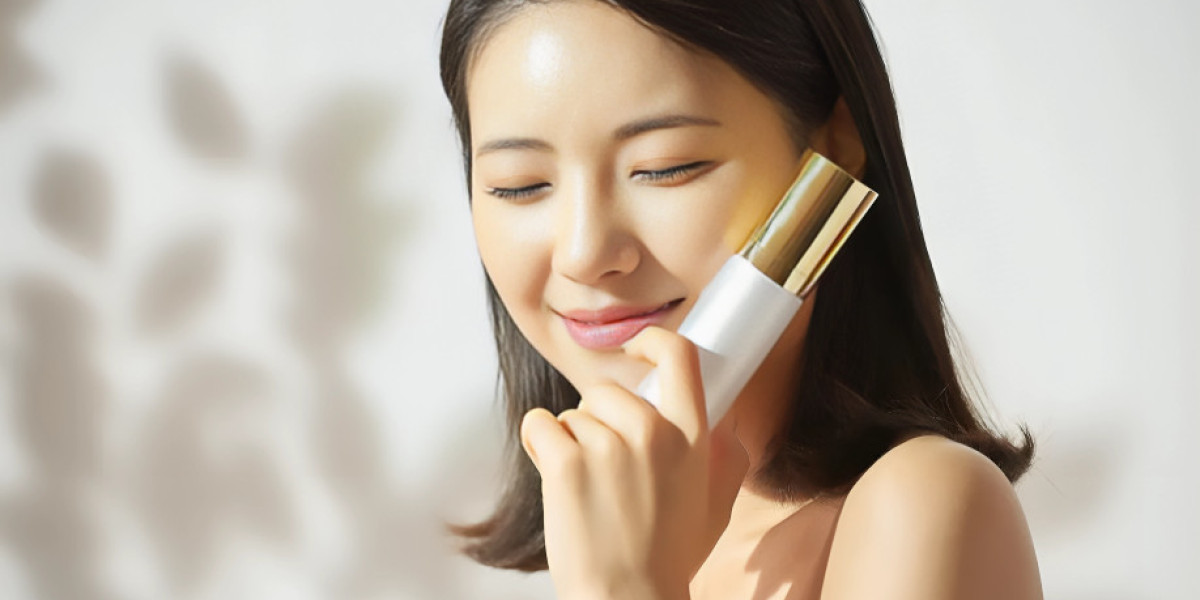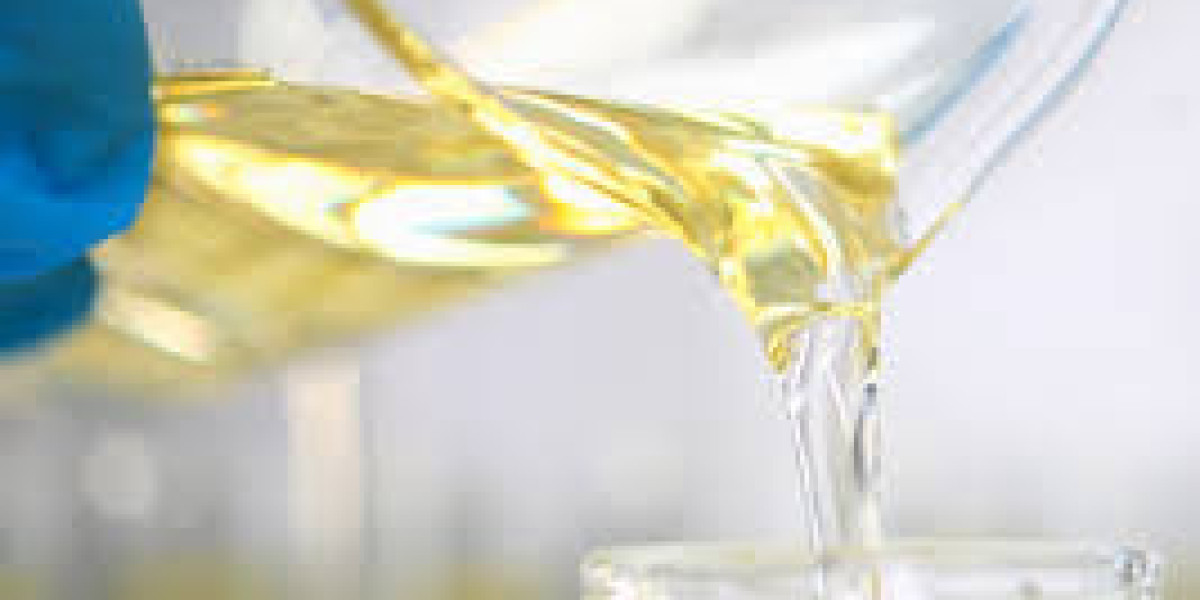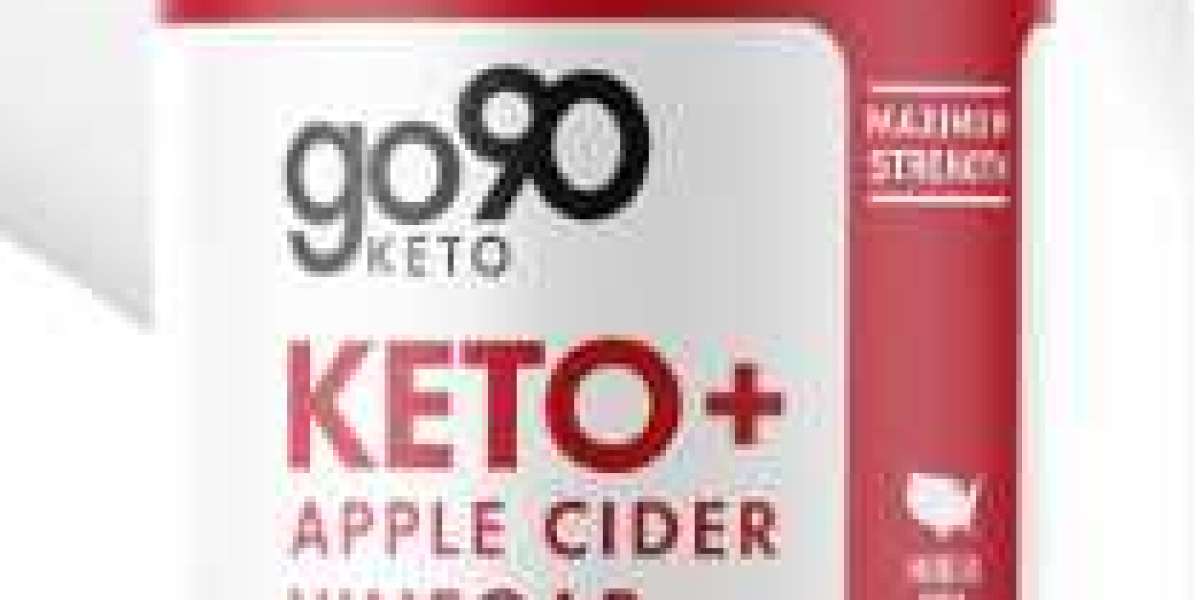What are the benefits of double cleansing in a Japanese skin care routine?
Double cleansing is a cornerstone of the Japanese skin care routine, known for its ability to deeply cleanse the skin and promote a healthy, radiant complexion. The dual-action approach not only ensures that the skin is thoroughly cleansed but also prepares it to better absorb subsequent skincare products, enhancing their efficacy. While it may seem like an extra step, the benefits of double cleansing are numerous, making it a vital part of any effective skincare routine.
1. Thorough Removal of Makeup and Sunscreen
One of the main benefits of double cleansing is its ability to thoroughly remove makeup, sunscreen, and other impurities. The oil effectively breaks down even the most stubborn products, ensuring that no residue remains. Oil-based cleansers have the unique ability to dissolve oil-based products without stripping the skin of its natural oils.
The second step, the water-based cleanser, helps to remove any remaining residue, such as sweat, dirt, and pollutants. By thoroughly removing all traces of makeup and sunscreen, the skin is less likely to experience the buildup of products that can trap dirt and oil.
2. Prepares the Skin for Better Absorption of Skin care Products
Double cleansing not only removes impurities but also prepares the skin to better absorb the active ingredients in your skincare products. The oil-based cleanser gently breaks down and lifts away impurities without stripping the skin of its essential oils, which can often occur with traditional cleansing methods. The result is enhanced effectiveness of the products, which can help improve hydration, reduce wrinkles, and tackle other skin concerns.
3. Promotes Clear, Smooth Skin
A consistent double cleansing routine can help prevent clogged pores, blackheads, and acne. This two-step process ensures that the skin is thoroughly cleansed without stripping it of its natural moisture, thereby maintaining a healthy skin barrier. This is especially important for those with oily or acne-prone skin, as regular cleansing helps maintain a balanced complexion.
Additionally, oil-based cleansers often contain ingredients like antioxidants and nourishing oils, which can contribute to smoother, more hydrated skin. Ultimately, incorporating double cleansing into a skin care regimen can lead to long-term benefits, clarity, and overall health.
4. Gentler on the Skin
Contrary to what you might think, double cleansing is often gentler on the skin compared to a single, harsh cleanse. The oil-based cleanser effectively breaks down stubborn products without harsh scrubbing, ensuring that the skin is not stripped of its natural oils. This makes it ideal for sensitive skin, as it provides a more delicate approach to cleansing. Using two gentle cleansers also reduces the need for scrubbing or using abrasive products, which can cause skin irritation.
5. Helps Prevent Skin Aging
In Japan, the emphasis on preserving youthful skin is paramount, and double cleansing plays a role in this. This thorough approach not only ensures that the skin is impeccably clean but also prepares it to absorb subsequent skincare products more effectively. Clean skin can maintain its elasticity and avoid premature aging signs like wrinkles, dullness, and uneven texture.
6. Supports Skin’s Natural Barrier
Many harsh cleansers can disrupt the skin's natural moisture barrier, leading to dryness, irritation, or an imbalance in the skin’s pH. This meticulous approach not only promotes a clearer complexion but also prepares the skin for subsequent skincare products, allowing them to penetrate more effectively. This supports a healthy skin barrier, which is essential for locking in moisture and keeping harmful irritants out.
7. Promotes a Spa-Like Experience
Lastly, the double cleansing process can be a relaxing and soothing ritual that brings an added sense of self-care to your skincare routine. The ritualistic nature of double cleansing transforms a daily chore into a luxurious experience, allowing individuals to indulge in self-care and relaxation. This ritualistic approach, which is common in Japanese skincare, elevates your skincare routine into a form of self-care and mindfulness.
How often should you use exfoliants in a Korean skin care routine for healthy skin?
Exfoliating is an essential step in any Korean skin care routine, and it plays a significant role in maintaining healthy, glowing skin. The Korean skin care routine, known for its multi-step process and emphasis on hydration, offers a thoughtful approach to exfoliation that can help you achieve smooth, radiant skin without overdoing it.

Here’s what you need to know about exfoliating in a Korean skin care routine and how often it should be done to keep your skin healthy:
The Role of Exfoliation in Skin care
Exfoliating is the process of removing dead skin cells from the surface of your skin, revealing fresh, new skin beneath. There are two primary types of exfoliants: physical and chemical. It also improves the absorption of your skin care products, allowing them to work more effectively.
In Korean skin care, exfoliation is seen as a way to promote clear, soft, and youthful skin. However, just like with other skin care steps, balance is key. Over-exfoliating can damage the skin barrier, causing irritation, sensitivity, and dryness.
Types of Exfoliants in Korean Skin care
Korean skin care offers two primary types of exfoliants: physical and chemical exfoliants.
Physical Exfoliants: These include scrubs or tools (like exfoliating brushes or sponges) that physically scrub off dead skin cells. While they can provide an instant smoothness, they can also be abrasive and potentially irritate sensitive skin if used too frequently.
Chemical Exfoliants: These include exfoliating acids, such as AHAs (alpha hydroxy acids) and BHAs (beta hydroxy acids). AHAs like glycolic and lactic acid work on the surface layer of the skin, while BHAs like salicylic acid penetrate deeper into pores to clear out oil and debris. Chemical exfoliants are gentler on the skin and provide more even exfoliation.
How Often Should You Exfoliate?
In the context of a Korean skin care routine, the type of exfoliant you use, and your skin's needs. Here are general guidelines for exfoliation:
For Sensitive Skin: If you have sensitive skin, you should exfoliate only 1-2 times a week using gentle chemical exfoliants (like lactic acid or low concentrations of glycolic acid). Opt for a mild scrub with soft granules or a gentle enzymatic exfoliator.
For Oily or Acne-Prone Skin: Oily or acne-prone skin can typically tolerate 2-3 times a week of exfoliation. BHA-based exfoliants, are especially effective for unclogging pores and preventing breakouts. However, it’s essential to avoid over-exfoliating, as this can strip your skin’s natural oils, leading to more oil production.
For Dry Skin: Dry skin can benefit from exfoliating once or twice a week with a mild AHA exfoliant. Over-exfoliating can worsen dryness and flakiness, so opt for a hydrating exfoliant that helps remove dead skin cells while maintaining moisture.
For Normal Skin: If you have normal skin, you can safely exfoliate 2-3 times a week. A combination of AHAs and BHAs can be effective, depending on your skin’s needs. If your skin is feeling drier or irritated, switch to a gentler exfoliant.
Signs You’re Over-Exfoliating
While exfoliating helps in keeping your skin clear and bright, over-exfoliation can lead to various skin issues, such as:
- Redness or irritation
- Increased dryness or flakiness
- Increased sensitivity to products (especially acids)
- Tightness or discomfort
If you experience any of these symptoms, it’s time to scale back on exfoliation. Your skin needs time to repair and rebuild its natural barrier.

Best Practices for Exfoliating
- Hydration Is Key: After exfoliating, make sure to follow up with a hydrating toner, serum, or moisturizer to help restore moisture to the skin.
- Sun Protection: Exfoliating can make your skin more sensitive to the sun, so always wear sunscreen during the day to protect your skin from UV damage.
- Avoid Layering Harsh Exfoliants: If you’re using exfoliating acids, avoid layering multiple products with strong exfoliating ingredients to prevent irritation. Keep it simple and let your exfoliant shine.



